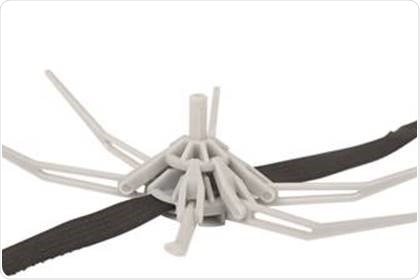With the new SPIDER Smart Photo-Imaging Measurement Technology, orthotists and patients will benefit from a seamless electronic fitting and ordering process for one of Ottobock’s most popular orthotic solutions: the FreeWalk.

Ottobock has developed a digital ordering process and calibration kit for the FreeWalk. Known as the SPIDER, it allows orthotists to instantly capture and send a patient’s measurements using just a smartphone, guaranteeing greater speed, ease and precision.
After simply capturing a few anatomical landmarks of a patient’s leg, the orthotist will be able to send the images and data to a secure, NHS-approved email address. Once the information is received, the team at Ottobock’s UK manufacturing facility in Minworth will create a trial orthosis tailored to the patient.
The FreeWalk is a stance controlled Knee Ankle Foot Orthosis (KAFO) system targeted on central nervous system disorders and diseases affecting the peripheral nervous system. It is a complete system that is made-to-measure, switching between a locked and an unlocked knee joint to offer consistent stability for easy and confident movement.